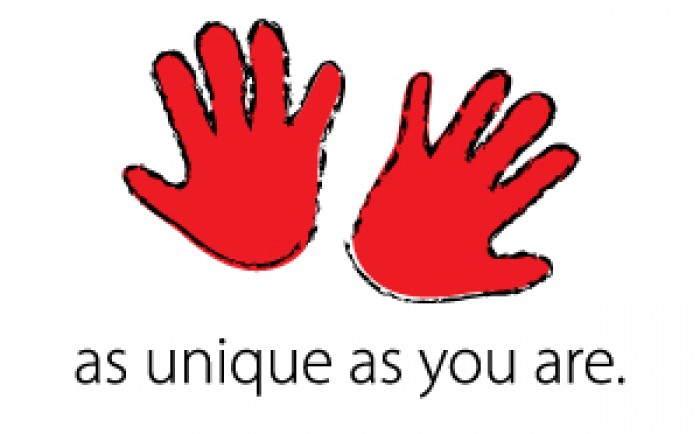
Brand awareness is a marketing concept that measures consumers’ knowledge of a brand’s existence. At the aggregate (brand) level, it refers to the proportion of consumers who know of the brand.
* 1 Measurement driven conceptualization
* 2 Research on metrics
* 3 Stability of responses
* 4 References
Measurement driven conceptualization
Brand awareness means the extent to which a brand associated with a particular product is documented by potential and existing customers either positively or negatively. Creation of brand awareness is the primary goal of advertising at the beginning of any product’s life cycle in target markets. In fact, brand awareness has influence on buying behaviour of a buyer. All of these calculations are, at best, approximations. A more complete understanding of the brand can occur if multiple measures are used.
A brand equity is the positive effect of the brand on the difference between the prices that the consumer accepts to pay when the brand known compared to the value of the benefit received.
There are two schools of thought regarding the existence of negative brand equity. One perspective states brand equity cannot be negative, hypothesizing only positive brand equity is created by marketing activities such as advertising, PR, and promotion. A second perspective is that negative equity can exist, due to catastrophic events to the brand, such as a wide product recall or continued negative press attention (Blackwater or Halliburton, for example).
Colloquially, the term “negative brand equity” may be used to describe a product or service where a brand has a negligible effect on a product level when compared to a no-name or private label product. The brand-related negative intangible assets are called “brand liability”, compared with “brand equity” .
Family branding vs. individual branding strategies
The greater a company’s brand equity, the greater the probability that the company will use a family branding strategy rather than an individual branding strategy. This is because family branding allows them to leverage the equity accumulated in the core brand. Aspects of brand equity includes: brand loyalty, awareness, association, and perception of quality.
Brand awareness can be measured by showing a consumer the brand and asking whether or not they knew of it beforehand. However, in common market research practice a variety of recognition and recall measures of brand awareness are employed all of which test the brand name’s association to a product category cue, this came about because most market research in the 20th Century was conducted by post or telephone, actually showing the brand to consumers usually required more expensive face-to-face interviews (until web-based interviews became possible). This has led many textbooks to conceptualise brand awareness simply as its measures, that is, knowledge that the brand is a member of a particular product category, e.g. soft-drinks. Examples of such measures include:
* Brand recognition – Either the brand name or both the brand name and category name are presented to respondents.
* Brand recall – the product category name is given to respondents who are asked to recall as many brands as possible that are members of the category.
* Top of mind awareness – as above, but only the first brand recalled is recorded (also known as spontaneous brand recall).
WikiPedia




